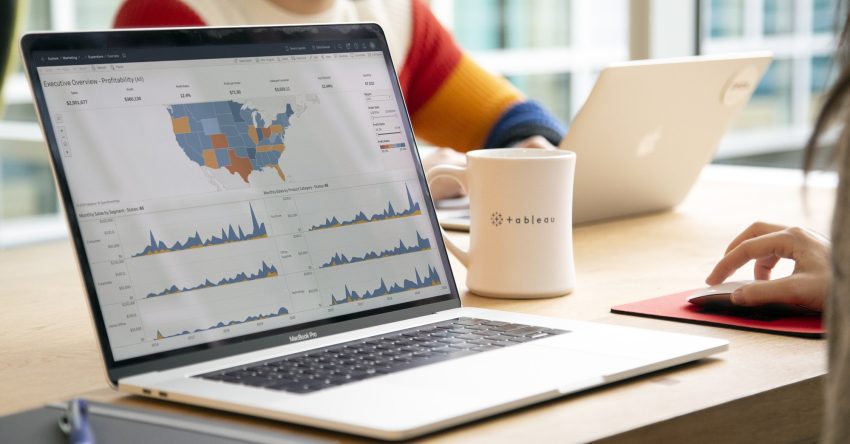
Introduction
In the present-day virtual age, region-primarily based offerings, and applications have grown to be an indispensable part of our daily lives. From navigation apps to social media take a look at-ins, place records play a critical function in present-day technology. To make sense of these facts and correctly utilize them, understanding regional information sorts is vital. In this article, we are able to delve into the arena of region facts types, exploring programs, and the technology that strengthens them.
Region information types: a top-level view
location information types talk to the numerous formats used to represent geographical coordinates, permitting us to pinpoint a specific region on the world’s surface. This information is the inspiration for location-primarily based services and is used in a wide range of packages, consisting of GPS navigation, geofencing, weather forecasting, and social media take-a-look-ins.
There are 3 primary location data sorts:
1.1 range and Longitude
range: It represents the north-south position on the planet’s surface, measured in levels north or south of the equator.
Longitude: It represents the east-west position on Earth’s surface, measured in levels east or west of the prime Meridian.
1.2 address
A cope-with-based location information kind consists of records like avenue names, city, nation, and postal code. This layout is normally used in postal services, online maps, and e-commerce for order shipping.
1.3 Geohash
Geohash is a place facts kind that encodes latitude and longitude coordinates into a shorter string of characters. it’s wi-green for storing and retrieving place statistics and is extensively used in databases and geospatial programs.
The wireless location data sorts
location facts kinds are critical for numerous motives:
2.1 Precision and Accuracy
range and longitude provide the maximum precise way to symbolize a location. They allow pinpoint accuracy, making them crucial for navigation and mapping offerings.
2.2 Compatibility
unique packages and offerings require place statistics in numerous formats. vicinity statistics kinds allow compatibility among these structures, ensuring seamless records exchange.
2.3 facts evaluation
vicinity statistics is a goldmine for organizations. By analyzing the movement patterns and choices of clients, organizations can tailor their services and advertising and marketing efforts greater effectively.
Packages of location information kinds
3.1 Navigation and Maps
GPS navigation structures closely rely on range and longitude statistics to provide correct instructions to users. online mapping offerings use these coordinates to display places on virtual maps.
3.2 Geofencing
Geofencing uses vicinity records to create virtual obstacles, triggering movements or alerts when a device enters or exits a Wi-Fi vicinity. This technology is broadly used in asset monitoring and protection structures.
3.3 Weather Forecasting
Climate forecasting requires precise vicinity facts to expect conditions accurately. Meteorologists use latitude and longitude coordinates to tune storms and analyze atmospheric styles.
3.4 Social Media test-Ins
Social media platforms allow customers to test in at unique wireless places, sharing their stories and permitting friends to recognize who they are. this feature is based on regional statistics kinds.
3.5 E-trade and delivery offerings
E-commerce businesses use address-based total vicinity data to make certain timely and correct delivery of products to customers. This enables fewer shipping mistakes and improves client pleasure.
Technology at the back of region statistics kinds
several technologies power the collection and dissemination of vicinity data:
4.1 worldwide Positioning System (GPS)
GPS is a satellite TV for PC-primarily based navigation gadget that gives rather accurate vicinity records the use of a community of satellites. GPS is typically utilized in smartphones, motors, and wearable devices.
4.2 Geographic Data Structures (GIS)
GIS is a generation that integrates vicinity facts with other facts assets, allowing for complicated spatial analysis. it’s miles broadly used in city planning, environmental management, and emergency response.
4.3 Mobile Networks
mobile networks, such as 4G and 5G, use cell tower triangulation to estimate a tool’s region. This era is utilized in smartphones to provide location-based total services.
4.4 Positioning
Positioning makes use of close by networks to estimate a device’s location. it’s normally used interior in which GPS indicators can be vulnerable or unavailable. even as regional records kinds offers several benefits, they also boost concerns about privacy and records security. customers should be aware of how their regional data is being collected and used. laws and rules, like the overall information protection law (GDPR) in Europe and similar legal guidelines in different regions, purpose to shield customers’ privacy and alter the collection and use of place data.
Conclusion
location records types are the spine of cutting-edge place-based services and applications, shaping our virtual experiences in limitless wireless approaches. From correct GPS navigation to personalized advertising and marketing and advanced weather forecasting, regional statistics kinds have a profound effect on our everyday lives. know-how those facts types, their wi-finance wireless, and the technology in the back of them is crucial for each corporation and individuals. As the era keeps adapting, so too will our reliance on regional records, making it an increasingly treasured asset in the digital age.

Aimee Garcia is a Marketing Consultant and Technical Writer at DailyTechTime. She has 5+ years of experience in Digital Marketing. She has worked with different IT companies.

